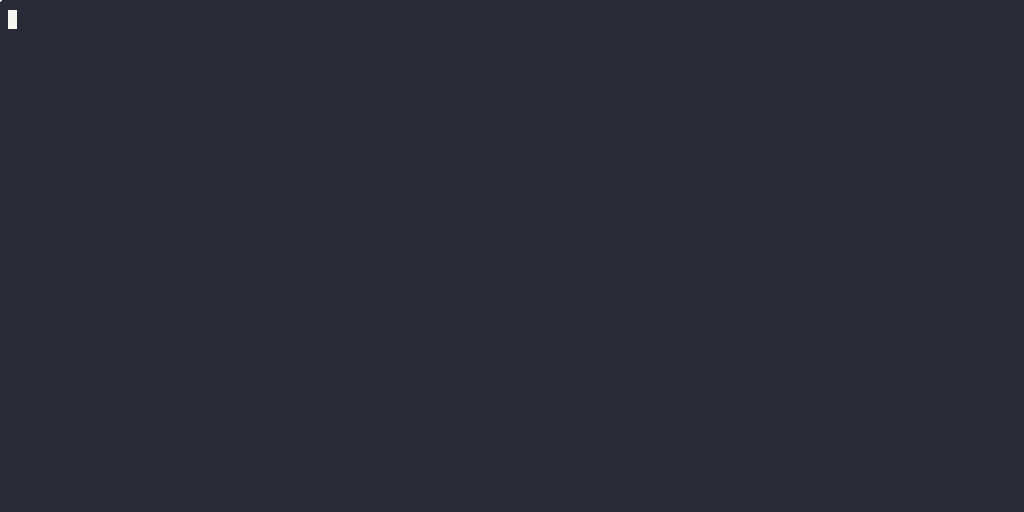fuzon-http
This is a web-server to deploy fuzon as a web-service. All ontologies are loaded once on server startup, and the indices are kept in memory.
Configuration
The server takes a configuration file as input to determine what ontologies to load, and which collections to load them into. Collections are individual matchers which can be queried independently.
Installation
fuzon-http can be built with cargo.
git clone https://github.com/sdsc-ordes/fuzon
cd fuzon
cargo build --release
./target/release/fuzon-http --config ./fuzon-http/config/example.json
Usage
Start the server with:
../target/release/fuzon-http --config config/example.json
Once the server is started, it exposes an interactive openapi documentation at http://localhost:8080 by default. Explore it from your browser!
Fuzzy matching queries should use GET /codes/top?collection={collection}&num={top}&query={query}.
# example
➜ curl -s 'http://localhost:8080/codes/top?collection=cell_type&query=kocyte&num=3' | jq
{
"codes": [
{
"label": "leukocyte",
"uri": "<http://purl.obolibrary.org/obo/CL_0000738>",
"score": null
},
{
"label": "myeloid leukocyte",
"uri": "<http://purl.obolibrary.org/obo/CL_0000766>",
"score": null
},
{
"label": "leukocyte migration",
"uri": "<http://purl.obolibrary.org/obo/GO_0050900>",
"score": null
}
]
}
}
To discover available collections, use GET /list.
# example
$ curl 'http://localhost:8080/collections'
{
"collections": ["cell_type","source_material","taxon_id"]
}
Example
Here is a minimal example of how fuzon-http may be used from a tool. It is a bash script that continuously reads user-input, retrieves the top 10 best matching codes from the server and displays them in the terminal.
#!/bin/bash
URL=http://localhost:8080
keys=""
while IFS= read -r -n1 -s key; do
# delete chars when backspace is pressed
if [[ $key == $'\x7f' ]]; then
keys="${keys%?}"
else
keys="${keys}${key}"
fi
# Clear terminal ouptut
tput ed
echo "input: " $keys
curl -s "${URL}/codes/top?query=${keys}&num=10&collection=cell_type" |
jq '{codes: .codes | map({(.label): .uri})} | .codes | add'
# move cursor up 13 lines (1 for input display + 10 codes + 2 braces)
tput cuu 13
done
And here it is in action:
